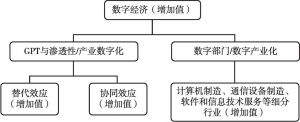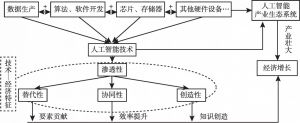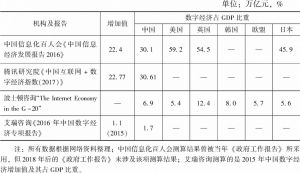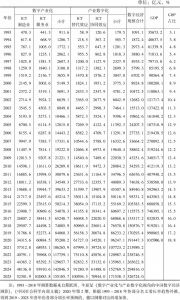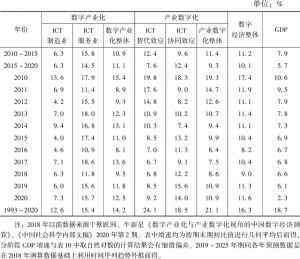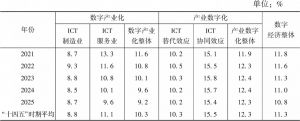报告
中国数字经济规模测算及“十四五”预测
摘要
本报告在数字经济概念辨析的基础上,围绕信息通信技术(ICT)在数字经济中的基础性支撑作用,从ICT渗透性、替代性、协同性等技术—经济特征出发,将数字经济界定为“数字产业化”和“产业数字化”两部分,构建以增长核算为基础的数字经济增加值测算框架,据以对1993~2020年各年中国数字经济规模进行测算,并尝试着对中国“十四五”期间数字经济规模进行估算预测。相关结果表明:1993~2020年,中国数字经济平均增速为16.3%,已成为经济增长的重要引擎;2020年中国数字经济增加值规模超过19万亿元,占GDP比重约为18.8%;预计“十四五”时期数字经济年均名义增速将达到11.3%,到2025年的增加值规模将超过32.67万亿元(名义值),其中数字产业化增加值约为15.52万亿元,产业数字化增加值为17.15万亿元。现有测算方法总体延续了国民经济统计核算的惯性思维,忽略新业态新模式衍生出的效率效用提升、消费者剩余增加等趋势,应超越增加值核算,尝试新的测度衡量方式,以全面刻画数字经济发展状况。
检索正文关键字
报告目录
-
一 数字经济概念内涵与测度实践
- (一)数字经济概念辨析
- (二)ICT技术—经济特征与数字经济内涵
- (三)数字经济测度实践
-
二 基于增长核算的数字经济规模测算框架
- (一)常规核算方法的测度困境
- (二)以增长核算为基础的测算框架
- 三 “十四五”时期数字经济增加值估算预测
-
四 数字经济测度相关问题再思考
- (一)人工智能带来的数字经济测算问题
- (二)增加值测算局限及其他衡量测度方法
- 五 结论及建议
相关文献
查看更多>>>


